In the News
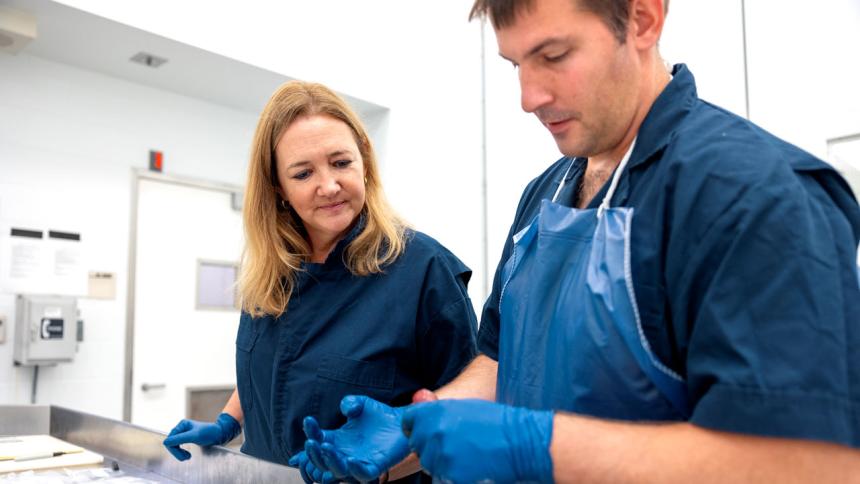
Blog
April 30, 2024
My role within the laboratory is multi-functional, and I serve many stakeholders, including the wildlife health laboratory and the anatomic pathology group....
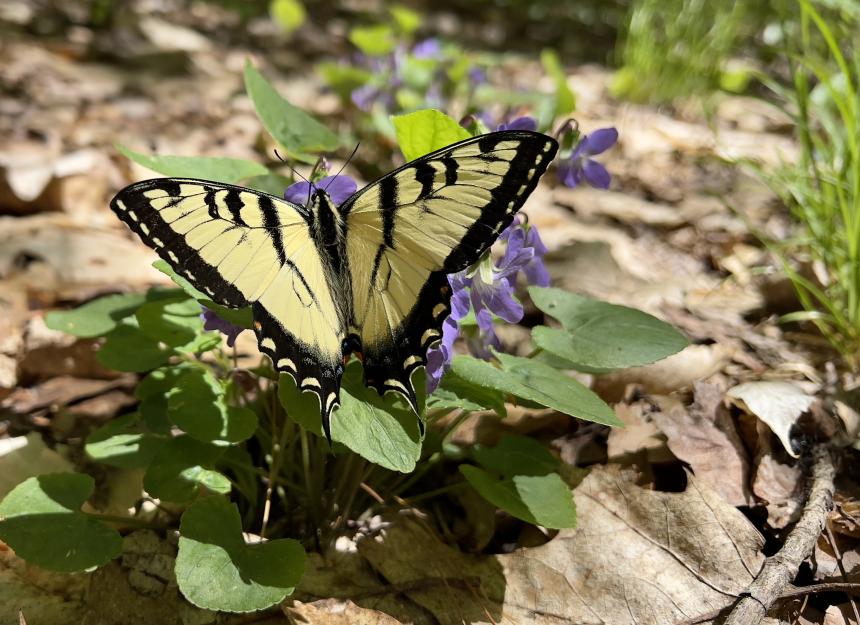
April 29, 2024
Conservation may seem like something that scientists do to protect species that many people only ever see in zoos. But conservation can happen everywhere, such as in your backyard. Cornell's Dr. Krysten Schuler weighs in on how people can help.
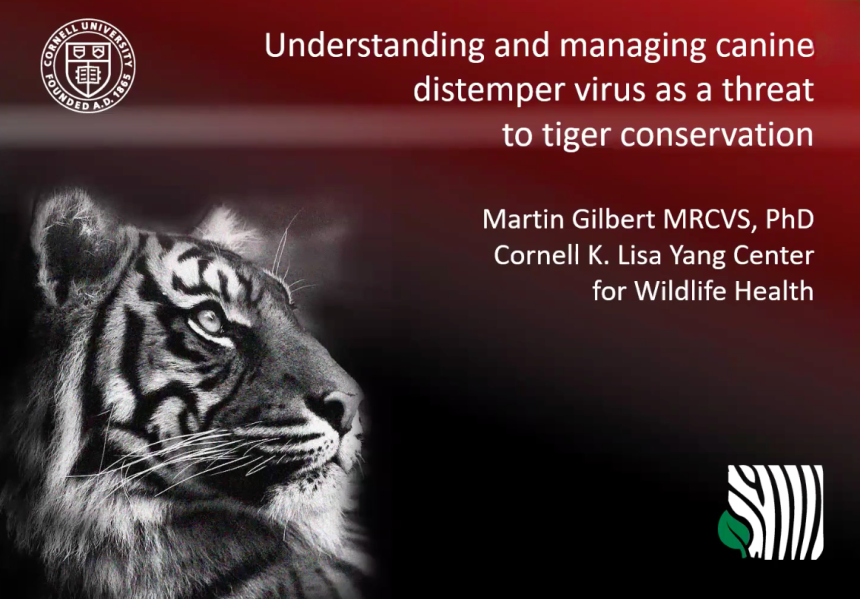
Video
April 26, 2024
Cornell's Dr. Martin Gilbert gives a presentation on "Understanding and Managing Canine Distemper Virus as a Threat to Tiger Conservation" at Cornell University's Department of Natural Resources and the Environment in March 2024.
Blog
April 24, 2024
As a former undergraduate researcher and now postgraduate research technician with the Cornell Wildlife Health Lab, I have mostly worked on a study of environmental contaminants in hunter-harvested waterfowl....
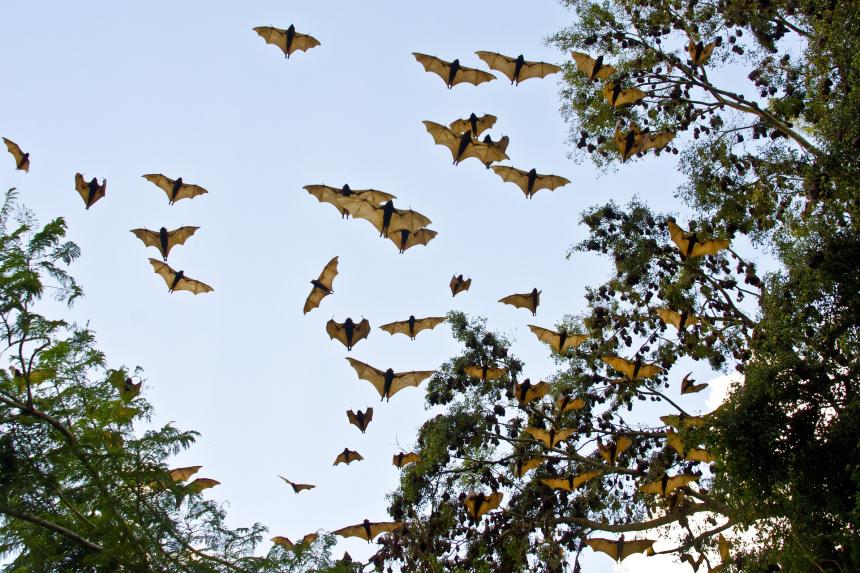
April 22, 2024
In a new perspective paper in Nature Communications, Cornell's Dr. Raina Plowright and a team of ecologists, infectious disease scientists and policy experts have distilled their collective observations into three recommendations to prevent spillovers and halt epidemics and pandemics before they even start.

April 19, 2024
Cornell virology experts are sequencing the bird flu virus that recently affected cows in Texas, after work at Cornell and two other veterinary diagnostic laboratories found the highly pathogenic avian influenza (HPAI) virus in cattle samples, a first for this species.
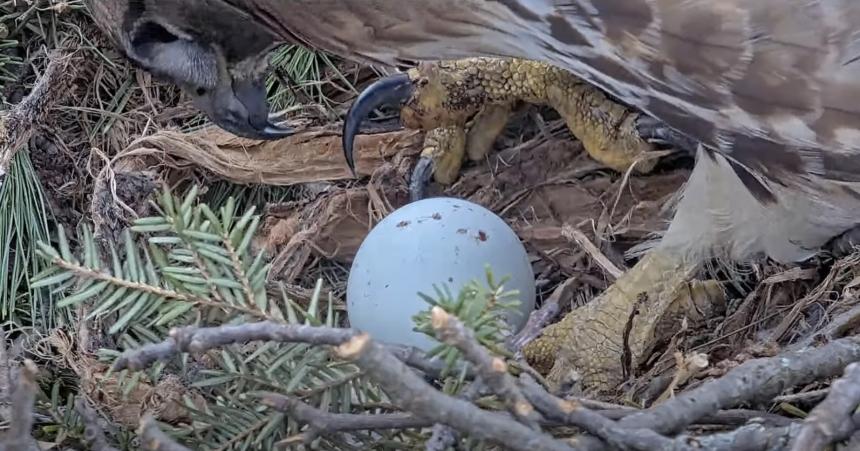
April 17, 2024
Cornell Lab of Ornithology staff have been working with wildlife veterinarians at Cornell’s Janet L. Swanson Wildlife Hospital to monitor Big Red, the beloved matriarch of the Red-Tailed Hawk Cam. Big Red appears to have sustained an unknown injury to her right foot.
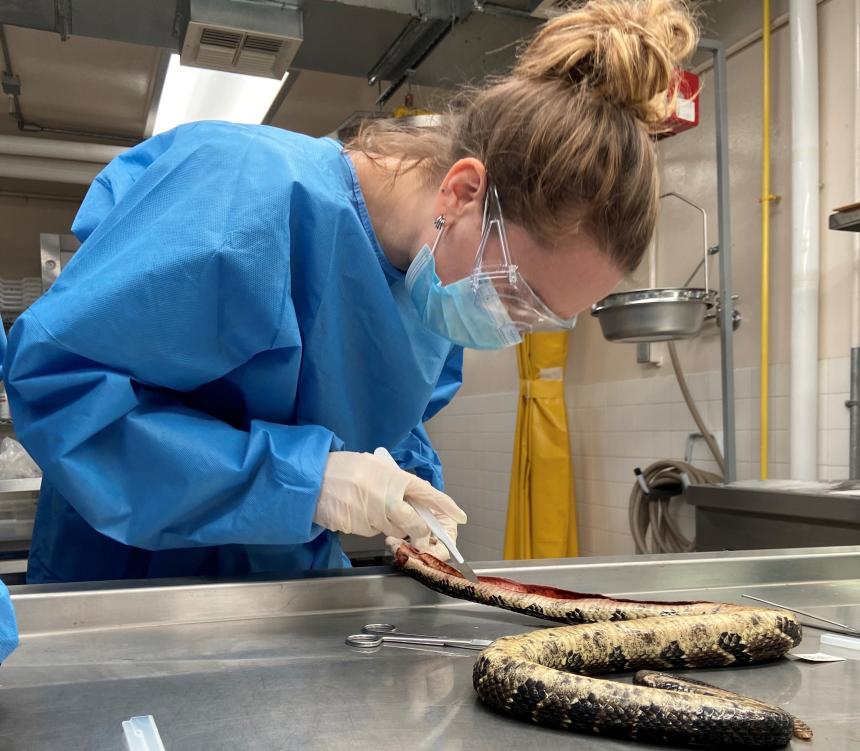
Blog
April 15, 2024
My role within the lab is a complex balancing act of time management, project and sample organization, and managing our case data stream. I guide incoming diagnostic case submissions, manage research project samples and submissions, and help facilitate educational activities like wet labs and symposiums....

Video
April 12, 2024
In this eCornell keynote presentation, Dr. Martin Gilbert, Helen Lee, and Laura Bernert from the Cornell K. Lisa Yang Center for Wildlife Health share their fieldwork experiences in Asia and help illustrate how the health of wildlife and our own health and well-being are inextricably linked.
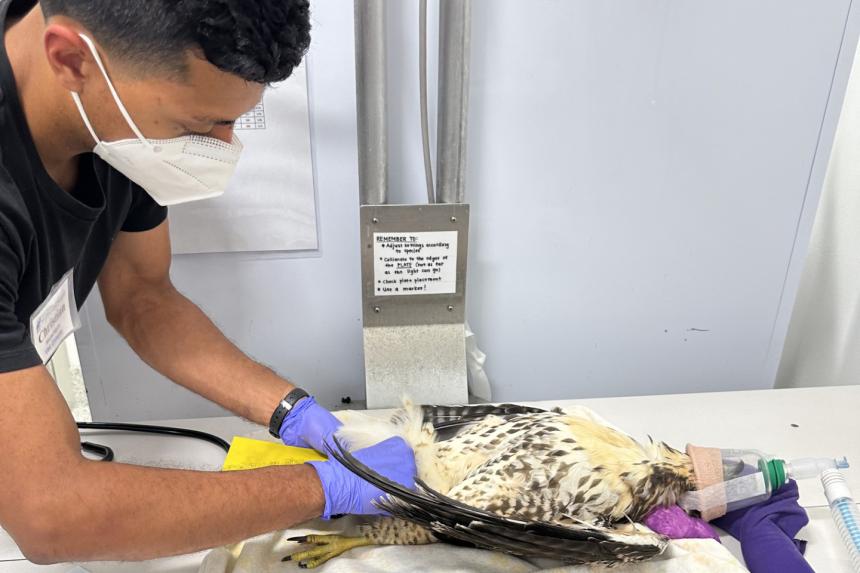
April 11, 2024
Santa Barbara is widely regarded as one of the most breathtaking coastal cities within the state of California. Home to perfect weather, beautiful beaches, five-star restaurants, and lively bars, it’s pretty safe to assume that I had a “wild” time and partied it up in this amazing city during the ten weeks I spent living there. Well, not exactly. Instead, I had a “wild” time treating wildlife at the Santa Barbara Wildlife Care Network (SBWCN) as a veterinary extern....
